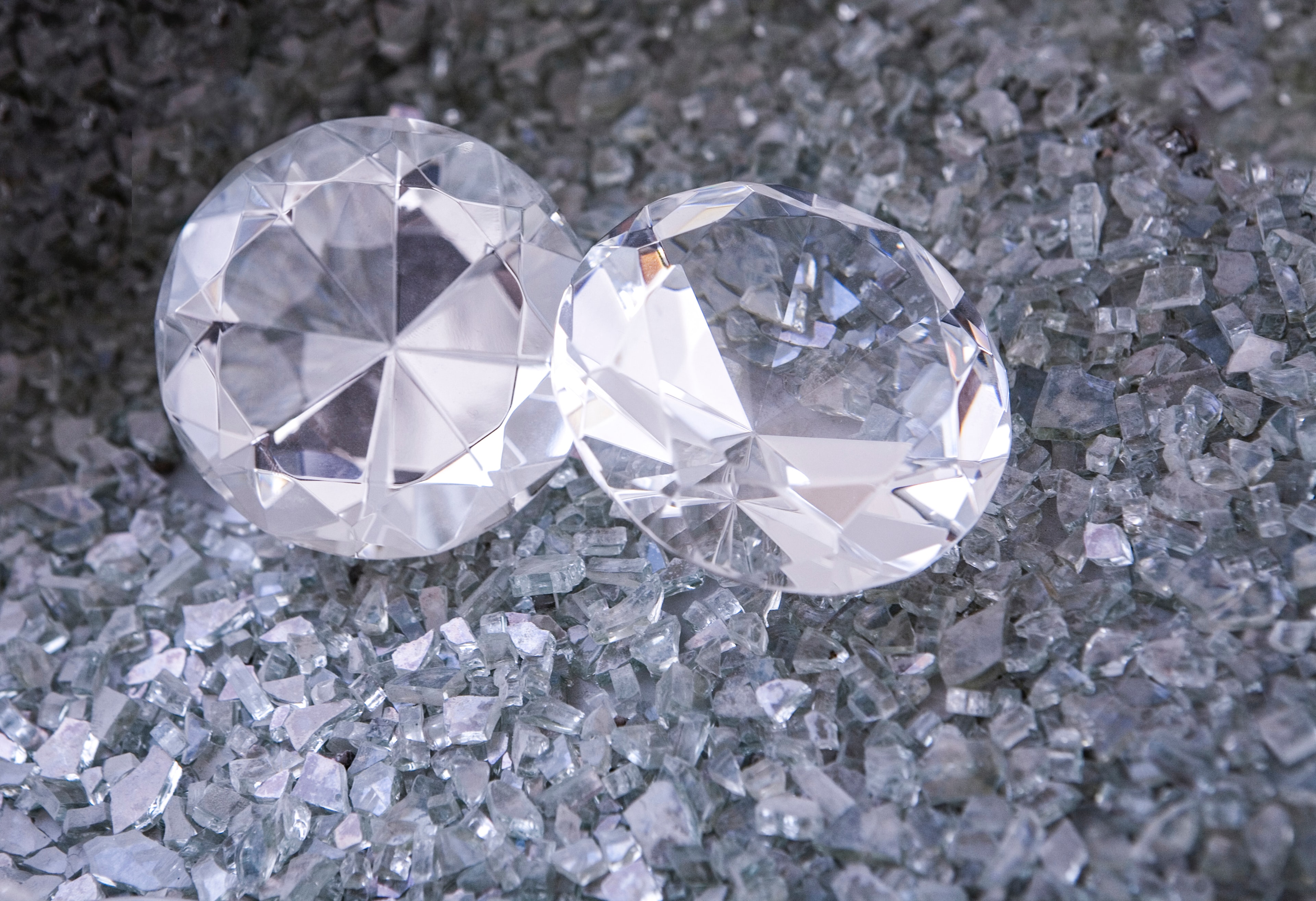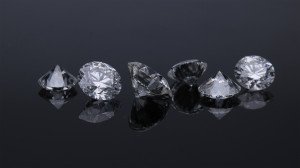Carbon and hydrogen are used to create lab grown diamonds under controlled conditions. Diamonds are made using a diamond anvil cell, a device that creates them by applying pressure.
Researchers and engineers have developed new methods for making a lab grown diamond. Over the years, laboratory-grown diamonds have become increasingly popular due to these methods.
Due to their affordability and variety of colours and shapes, lab grown diamonds are becoming more popular.
Diamonds Grown In A Lab Are Natural Diamonds?
Without a doubt. Only 150 million years of compression under the earth's crust separates lab grown diamonds from the real thing! In addition, mined diamonds are called 'natural or real diamonds' because they are created naturally, not because they are more authentic than lab grown diamonds.
Diamonds, both natural and lab grown, contain inclusions (imperfections invisible to the untrained eye). The inclusions in lab grown diamonds are caused by the molten metal solution they are formed in, rather than variations in the rocks and minerals surrounding them. Both can be cut to any shape and come in virtually any carat weight. Coloured lab grown diamonds are also available, but they are pretty rare.
In contrast to a natural diamond, a lab diamond has the same crystal structure and aesthetics, while similar gems like moissanite and cubic zirconia have distinct structures (which are weaker and less reflective than diamonds). Diamond alternatives should be recognised as such because other clear or 'white' gemstones have a similar appearance to diamonds.

Lab Grown Diamonds: How Are They Made?
Laboratory-grown diamonds can be made in a relatively straightforward manner. Diamond-making machines are necessary for the process to succeed. It is possible to program this machine to create diamonds of different colours. An organisation can make red and blue diamonds by programming their machines accordingly and placing the right amount of carbon in each of them.
Lab grown diamonds are created in a few different ways. A lab grown diamond begins as a tiny seed. When CVD synthesis is used, the seeds are placed in a plasma reactor, while when HPHT is used, they are placed in a giant mechanical press. Crystals are then grown layer by layer using a combination of heat, pressure, and a carbon source, depending on the technology used.
Method of CVD
Chemical vapour deposition is also known as CVD.
CVD reactors are loaded with lab grown diamond seeds. A shallow pressure mix of carbon-containing gases is added next. The gases are heated with microwave energy, and a plasma is generated. A layer of carbon atoms is bonded to the seeds each time the temperature rises above several thousand degrees. The gas molecules break apart, and the carbon atoms bond to the seeds, allowing them to grow.
Method of HPHT
High pressure, high temperature is what HPHT stands for
As a result of this method, diamonds are formed under conditions that mimic natural diamond formation conditions. In the presence of a diamond seed, extreme pressure and high temperatures are applied to carbon using large mechanical presses. During a few days, a lattice of carbon grows layer by layer from the seeds.
Diamonds produced by HPHT and CVD processes are both of high quality, and both produce gemstones that will last a lifetime.
Lab Grown Diamonds Take How Long To Grow?
During the formation of a lab grown diamond, it can take up to a month. Depending on the diamond's colour and carat weight, the process takes a certain amount of time. It takes more time to create a diamond with better colour and greater weight. Meanwhile, a natural diamond forms in the earth's crust over millions of years, so 'more time' in this context is relative!
Diamonds Are Grown In A Lab Vs Diamonds Created In A Lab
Different processes are used to create a lab grown diamond and lab created diamond. In terms of composition, colour, and clarity, they are both diamonds, but they differ in some aspects.
The process of creating lab grown diamonds is similar to the process of turning coal into coke. Graphite or another carbon-containing ore is the raw material for the stone. Diamond crystals are then formed by heating them in a furnace.
In contrast, lab-created diamonds are made from synthetic diamond material or diamond crystals, which are then put through a long industrial process to make them appear like natural stones.
Are Lab Grown Diamonds Better Than Earth-Grown Diamonds?
Lab grown diamonds are more affordable, which is perhaps their most significant advantage. Lab grown diamonds of 0.50ct are approximately 40% cheaper than natural diamonds of the same size and quality, while 1ct lab grown diamonds are approximately 70% cheaper. It can have a massive effect on what you can accomplish with a lab grown diamond ring design while remaining within your budget.
Despite the significant savings, one thing should be kept in mind. Laboratory grown diamonds may not retain their value as long as natural diamonds do. Purchasing a natural diamond is often viewed as an investment, something that will gain sentimental value as well as retain monetary value.
Although lab grown diamonds are growing increasingly valuable to you, industry forecasts expect lab grown diamonds to cost no more than 10% of earth mined diamond in the next few decades. This will deflate the price of all lab grown diamonds soon.
Diamonds are also limited at this time due to the relatively new technology used to produce them in a lab. In other words, this type of gemstone may leave you with fewer options.

Conclusion
Diamonds grown in a laboratory have an identical appearance and quality to their mined counterparts. Natural diamonds and lab grown diamonds can be difficult to comprehend. Rings will always tell a story about your love, so make them personal.
FAQs
Do lab grown diamonds have no resale value?
Lab grown diamonds are regularly marketed as having no resale market by traditional jewellers of a mined diamond. It is not valid. In the same way that mined diamonds have resale value, lab grown diamonds have a resale value that is similar to the original price.
Is it possible for lab diamonds to become cloudy?
Some lab grown diamonds can indeed fade, but this happens only when the diamonds are of low quality. Overexposure to UV light causes them to lose their shine. Because lab created diamonds are created by a process called HPHT, they don't fade or turn cloudy over time.
What is the reason for jewellers' opposition to lab grown diamonds?
There is no eco-friendly alternative to lab-made diamonds. One final reason to reconsider lab grown diamonds is that they aren't as environmentally friendly as they are portrayed to be. There is a strong belief among many people that artificial diamonds are better for the environment than natural diamonds.
What is the advantage of platinum over white gold?
Not at all.It is more expensive than gold, but it is almost similar to white gold. Both 18K and 14K jewelry are durable enough for daily wear, so platinum jewelry isn't necessary. In addition, platinum scratches more easily and requires more care when worn.
What is the size of a 2 carat diamond?
Considering the average carat weight of a diamond engagement ring is 0.9 carats, 2 Carat Diamonds are certainly noteworthy. An engagement ring with a 2 carat diamond is noticeable and eye-catching.







